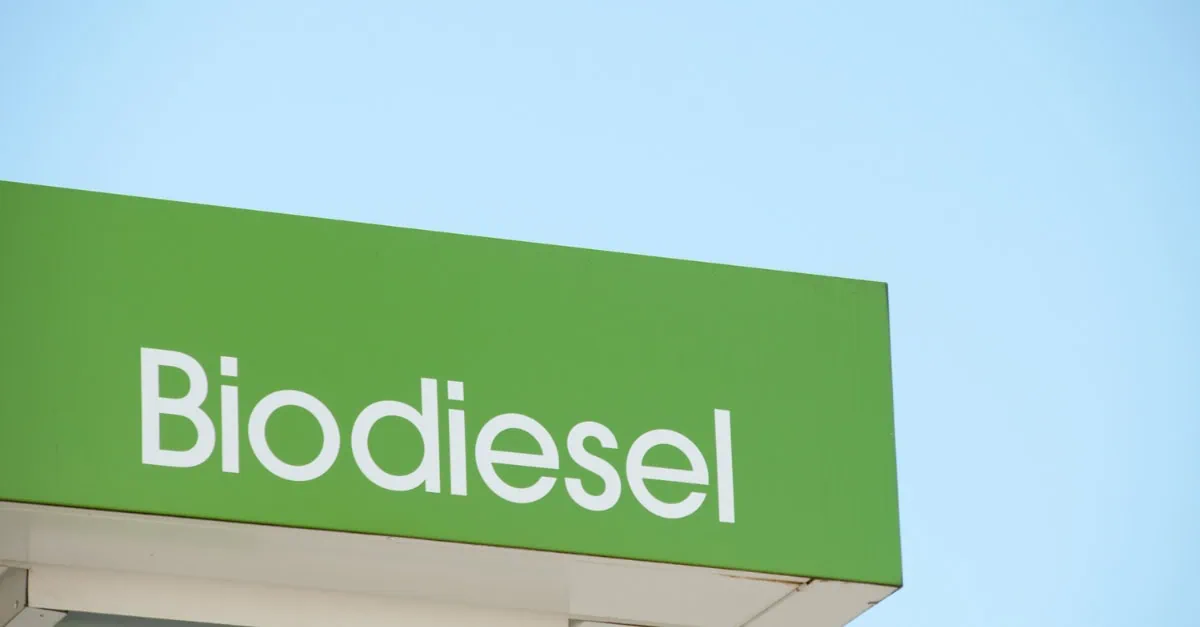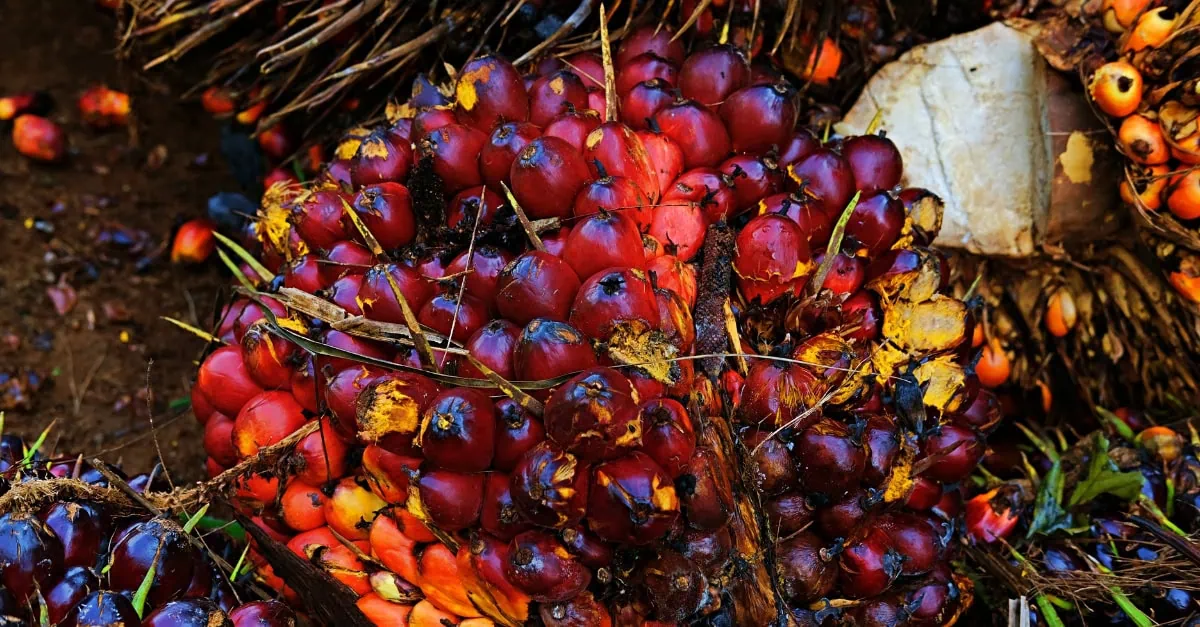July 3, 2025 – Week 27 Market Update
The biodiesel sector experienced divergent price movements this week as geopolitical developments supported some products while harvest pressures and regulatory changes created headwinds for others.
FAME0 and UCOME gain on energy price strength
FAME0 and UCOME prices increased since the previous report, primarily supported by stronger low sulfur gas oil (LSGO) prices. LSGO spot prices climbed $29/mt to $712/mt after Iran suspended cooperation with the U.N. nuclear watchdog, raising concerns about potential escalation in geopolitical tensions.
The energy price rally provided a crucial support mechanism for biodiesel margins, offsetting some of the pressure from feedstock cost increases.
RME faces harvest pressure despite demand strength
Rapeseed methyl ester (RME) prices declined $8/mt to $1,405/mt FOB ARA as the European rapeseed harvest began and production forecasts were revised higher. Strategie Grains increased EU rapeseed production estimates to 19.2 million metric tons from 18.6 mmt, citing favorable weather conditions in Romania.
The bearish sentiment was reinforced by StatCan’s upward revision of 2024 Canadian canola production by more than a million tons, adding to global supply expectations.
HVO market strengthens on regulatory expectations
Hydrotreated vegetable oil (HVO) prices strengthened since the previous report as market participants anticipate significant demand growth in Northwest Europe. The EU’s potential tightening of double counting rules and the need to bypass the 7% blend wall for methyl esters are driving optimism.
German HVO demand alone could surge by 1.5 million tons – nearly quadruple 2025 levels – according to Argus, highlighting the substantial market opportunity.
Feedstock markets show regional divergence
The underlying feedstock market presented mixed signals across different regions and products:
Used cooking oil (UCO) prices reflected regulatory uncertainty, with EXW Netherlands UCO rising EUR 5/mt to EUR 1,070/mt, supported by news about potential abolishment of double counting in several EU countries. However, bid and ask prices remain far apart, indicating market uncertainty.
US legislative developments created significant implications for international trade flows. The Senate passed a budget bill requiring biodiesel credits only for feedstocks sourced from the USA, Canada, and Mexico, a more restrictive approach than the initially proposed 20% credit reduction for foreign feedstocks.
Trade flow implications
The proposed US legislation poses significant challenges for Chinese UCO and Brazilian tallow suppliers. Notably, China shipped no UCO to the US in May according to customs data, potentially reflecting anticipation of these regulatory changes.
European tallow prices declined with Technical Tallow 5% FFA (FOB ARA) falling EUR 5/mt to EUR 1,010/mt, while soy oil and palm oil gained on news of the US bill and rising energy prices.
Market outlook and procurement considerations
The biodiesel sector faces a complex landscape of regulatory changes, geopolitical tensions, and seasonal supply patterns. HVO markets appear positioned for growth driven by EU regulatory changes, while traditional biodiesel faces margin pressure from harvest-driven feedstock abundance.
Procurement timing will be critical as regulatory clarity emerges and seasonal patterns develop. The divergence between HVO and traditional biodiesel markets suggests differentiated strategies may be required across product categories.
Read the full week 27 Biodiesel market analysis on the Vesper platform here: https://app.vespertool.com/market-analysis/2063





